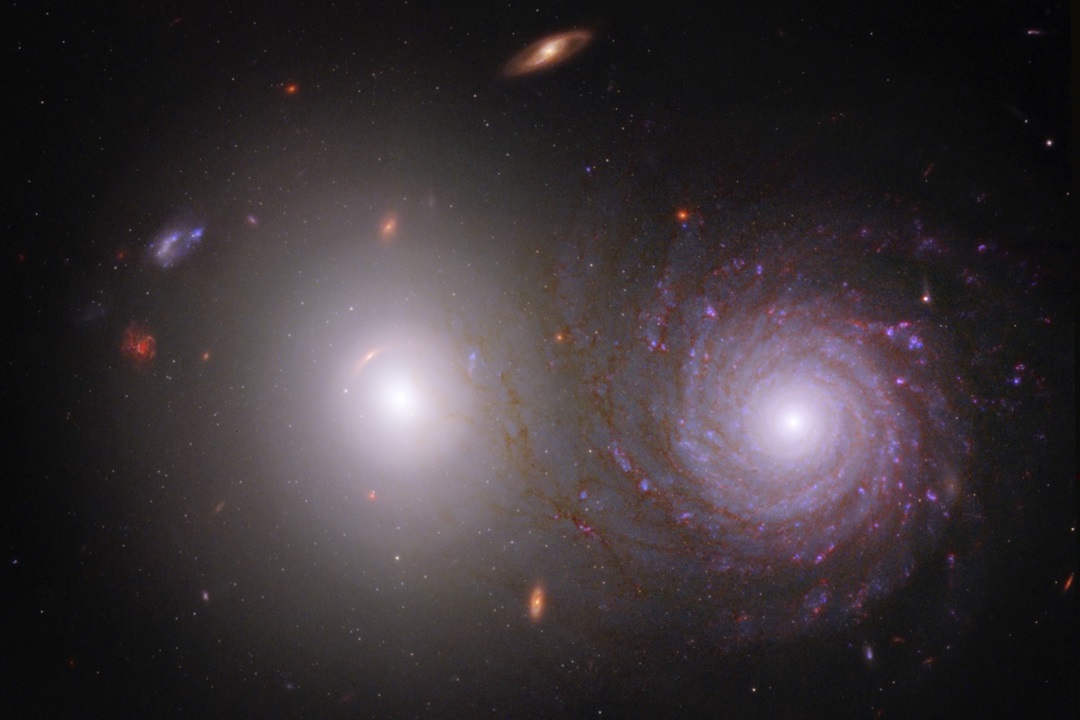For decades, cosmologists have wondered why spiral galaxies are largely missing from our local region of the universe, which is referred to as “Supergalactic Plane.”
Spiral galaxies like the Milky Way are rare in our area of the cosmos.
Now, with simulations from an innovative supercomputer, astrophysicists think they understand why.
The Supergalactic Plane is enormous. It is a flattened structure spanning nearly a billion light years and contains our home galaxy, the Milky Way, along with thousands of other galaxies.

The researchers suggest, in a paper published in the journal Nature Astronomy, that the low density of spiral galaxies in the Supergalactic Plane has to do with the contrasting environments inside and outside the Plane.
“The distribution of galaxies in the Supergalactic Plane is indeed remarkable,” says co-author Professor Carlos Frenk, from Durham University in the UK.
Inside the Plane, galaxies frequently crash into each other and merge. Such interactions transform spiral galaxies into elliptical ones with no internal structure or spiral arms.

Outside the Plane, galaxies evolve without much interference from others. This relative isolation helps them develop spiral arms.
The researchers came to this conclusion with the aid of a computer simulation known as SIBELIUS (Simulations Beyond the Local Universe) which simulates the evolution of the universe from its birth 13.8 billion years ago to the present day.
Unlike other simulations, SIBELIUS aims to reproduce observed structures including the Supergalactic Plane. Most cosmological simulations focus in on a random patch of the universe.
The simulations were run on the Cosmology Machine (COSMA 8) supercomputer, at Durham University and on the Finnish IT Center for Science’s Mahti supercomputer.

Frenk says the simulation shows that the conditions in the Supergalactic Plane are rare in the universe, but not completely unique. “Our simulation reveals the intimate details of the formation of galaxies such as the transformation of spirals into ellipticals through galaxy mergers.”
He also points out that the simulations also show that the standard model of the universe, which suggests that 80% of the matter in the cosmos is “invisible” dark matter, “can reproduce the most remarkable structures in the universe, including the spectacular structure of which the Milky Way is part.”

Cosmos is a not-for-profit science newsroom that provides free access to thousands of stories, podcasts and videos every year. Help us keep it that way. Support our work today.
